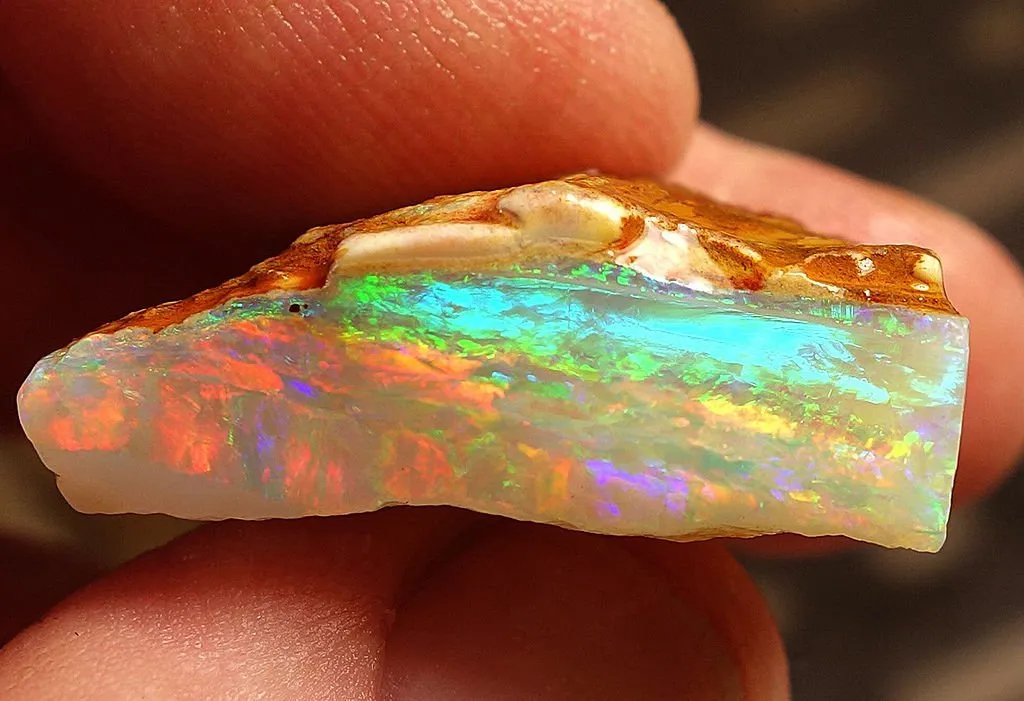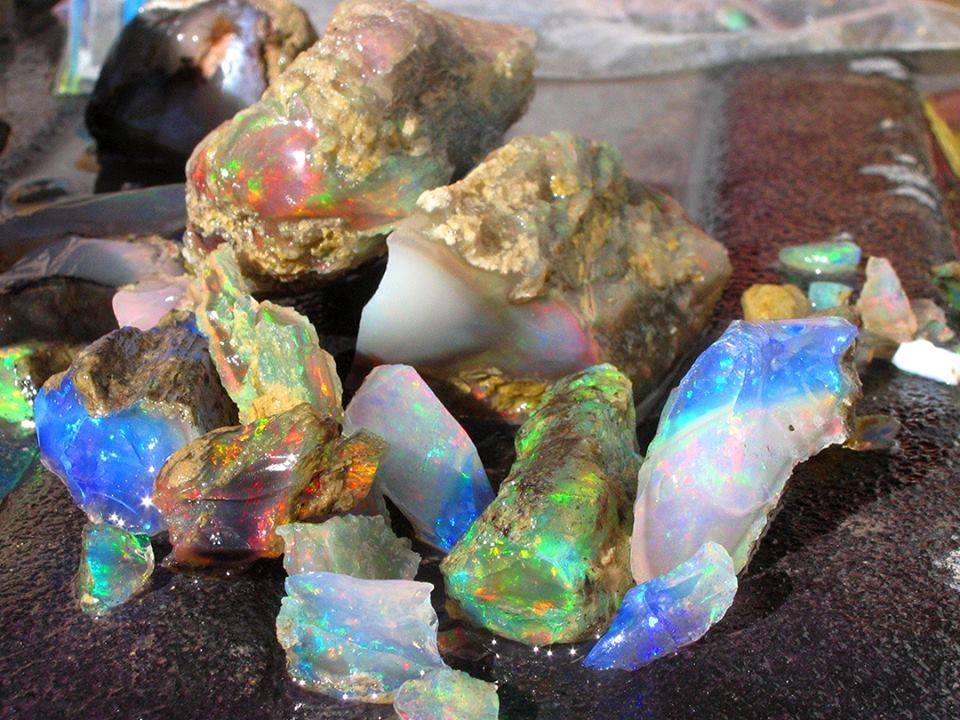Opal, with its stunning spectrum of colors and unique play-of-color phenomena, is a gemstone that captures the imagination of collectors, jewelry makers, and gemstone enthusiasts around the globe. However, the world of opal mining is often enshrouded in mystery. This blog post aims to provide a comprehensive overview of the opal mining process, the distribution of opal deposits around the world, and a look at some of the leading companies involved in the extraction and sale of this precious gemstone. dcpipe pipeline expert

Understanding Opal Mining: The Extraction Process
The process of opal mining is multifaceted, requiring both skill and expertise. The following steps outline the typical stages involved in opal extraction:
1. Site Selection and Exploration
The first step in opal mining involves selecting a promising mining site. This often requires geological surveys and research into previous mining activity in the area. Opal deposits can often be tricky to find, as they are commonly located in sedimentary rock formations formed in waterlogged environments. Geologists and miners may utilize aerial reconnaissance, drilling, and laser technology to assess the viability of a site before proceeding.
2. Mining Techniques
Once a site is determined to be viable, miners can choose from several techniques for extraction:
- Open-Cut Mining: This is typically employed when opal deposits are close to the surface. Here, heavy machinery is used to remove the overburden—layers of soil and rock above the opal deposits—to access the gemstones directly.
- Shaft Mining: When the opals lie deeper within the earth, miners often dig vertical shafts to reach the deposits. This method is more labor-intensive and requires careful management to ensure safety and stability.
- Surface Placer Mining: This is less common but involves searching for opals on the surface of the ground. It often takes place in areas where erosion has exposed gemstones.
Each of these methods has its own set of challenges and impacts. Nevertheless, technological advancements in mining equipment and techniques have progressively made the extraction process more efficient while ensuring the conservation of the surrounding environment.
3. Sorting and Processing
After extraction, the opals are transported to processing facilities where they undergo sorting. Miners carefully categorize opals based on their quality, color, and overall appearance. Good-quality opals can yield significant profits, so differentiation is crucial.
Processing may also involve cleaning the opals to remove dirt and contaminants. In some cases, opals may be treated to enhance their color and overall aesthetic appeal, although this is a contentious area due to concerns about the authenticity and ethics of gemstone production.
Mineral Distribution: The Global Opal Landscape
Opals are primarily found in a few key locations around the world, each known for unique qualities of its gemstones. The major opal-producing countries include:
1. Australia
Australia is globally recognized as the largest producer of opal, accounting for about 95% of the world’s supply. The country boasts several distinct opal fields:
- Coober Pedy: Perhaps the most famous opal-producing region, Coober Pedy is not only known for its high-quality gemstones but also for its underground homes, where miners live and work to escape the extreme desert heat.
- Lightning Ridge: Known for the rare and highly sought-after black opal, this region produces opals that are considered some of the finest in the world.
- Andamooka, South Australia: This locality produces a range of opal types, but it is particularly noted for its gem-quality crystal opals.
2. Ethiopia
Emerging as a significant player in the opal market, Ethiopia has quickly gained recognition for its vibrant and diverse opals, particularly the Welo opals. Unlike Australian opals, Ethiopian opals can display vivid color play and transparency, making them desirable for jewelry.
3. Mexico
Mexican opals, primarily from the states of Querétaro and Puebla, are unique due to their fiery colors and characteristics, particularly known for their orange and red hues—referred to as “fire opal”.
4. United States
In the U.S., opal deposits can be found in states like Nevada and Oregon. Though less abundant than Australian opals, U.S. opals have unique traits, such as the petrified wood opals found in Nevada.

Key Companies in the Opal Mining Industry
As demand for opals grows, a number of companies have established themselves as leaders in the opal mining sector, contributing significantly to both extraction and retail. Notable operators include:
1. Kirwan’s Opal Mines
Based in Lightning Ridge, Kirwan’s Opal Mines is a family-run business that has been involved in opal mining and retail for generations. They focus on both mining and sourcing opals, ensuring high-quality products for their customers.
2. Opal Auctions
Opal Auctions is an online platform specializing in opal sales. They bridge the gap between miners and consumers, allowing individuals and jewelers access to a wide variety of opal types from worldwide sources.
3. South Australian Opal Miners’ Association (SAOMA)
While not a mining company in the traditional sense, SAOMA advocates for local miners’ interests and promotes ethical mining practices. They play a crucial role in offering support and guidance to local miners, emphasizing sustainability and ethical standards within the industry.
4. Black Opal Direct
Based in Southeast Australia, Black Opal Direct specializes in high-quality black opals. Their focus on the retail market allows collectors to find premium gemstones directly from miners, ensuring authenticity and quality.
Conclusion
Opal mining is an intricate process that combines geological science, mining operations, and artistic craftsmanship. The allure of opals, driven by their stunning beauty and unique characteristics, continues to capture the hearts and minds of enthusiasts and investors alike. As demand rises, the industry must tread carefully, balancing economic interests with environmental stewardship, sustainable practices, and ethical concerns.
As the market for opals expands, staying informed about the complexities of extraction processes, global mineral distributions, and the key players in the field offers valuable insights into this fascinating industry. Whether you’re a seasoned collector, a novice enthusiast, or simply curious about the allure of opals, understanding the intricacies of opal mining equips you with a deeper appreciation for these exquisite gems and the effort involved in bringing them to light. dcpipe pipeline expert

